
Back to Blogs
Discover
10 Things You May Not Know About Clare
1. Clare Castle was built by a Norman knight
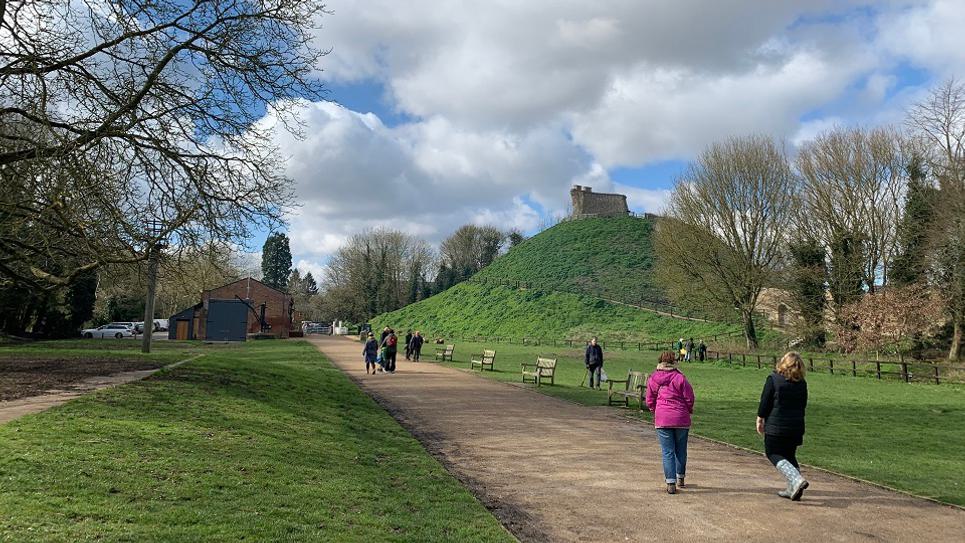
Clare Castle, first built in the 11th century by Richard FitzGilbert, a Norman knight who was rewarded by William the Conqueror with large estates in Suffolk, Essex and Kent.
The motte at about 60 feet high is one of the highest in the country.
Richard and his descendants made Clare their administrative seat, eventually taking the family name from the town.
2. One of the most famous Medieval artefacts was found in Clare
The famous medieval Clare Reliquary Cross, which is now part of the Royal Collection and can be found in the British Museum, was found in the grounds of Clare Castle in 1866 during the construction of the railway station.
Set into the beautiful gold cross is a cavity where minute fragments of wood were found when the cross was discovered, indicating that it once held fragments of what was believed to be a relic of the True Cross on which Christ was crucified, suggesting that this is a reliquary cross. It may have belonged to Cecily, Duchess of York, mother of Edward IV and Richard III, as it was discovered near Clare Castle, her Suffolk residence.
3. Lady of Clare Elizabeth de Burgh founded the second oldest college in Cambridge
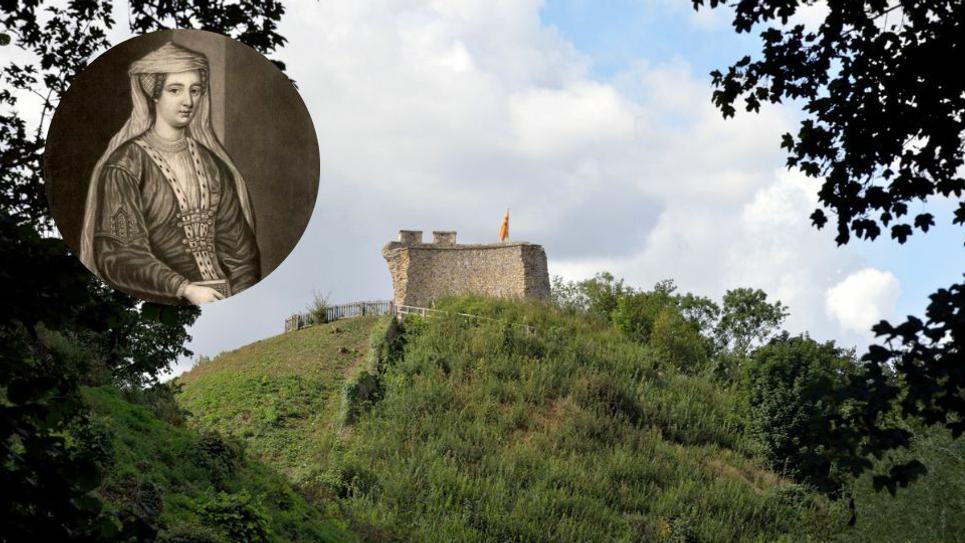
East Anglia’s wealthiest and most powerful woman of all time, Elizabeth de Burgh, Lady of Clare, founded Clare College, the second oldest college in Cambridge. Elizabeth, cousin of Edward II, was widowed three times by the age of 26, helped overthrow a king, and pledged to defend Suffolk against French invasion.
Her mother, Joan of Acre a daughter of King Edward I, is buried at Clare Priory. Elizabeth's story can be found at the town’s Ancient House Museum.
4. St Peter and St Paul Church is ranked as one of England's thousand best churches

Included in Simon Jenkins’ ‘England's Thousand Best Churches’, the church was was begun in the 13th century and the early base of the west tower remains. The nave and its arcading are 14th and 15th century. Open every day for visitors, look out for the gallery of 15th century faces in the roof, the private pews, one bearing the emblems of Catherine of Aragon, and the bellringers 'gotch'.
5. Two of the famous Magna Carta Barons came from Clare
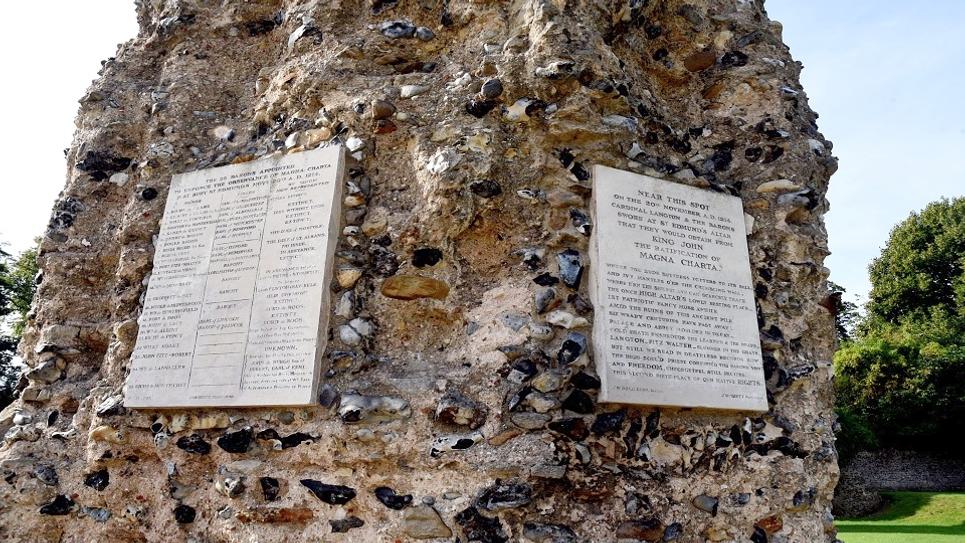
Richard de Clare and his son, Gilbert de Clare, were two of the 25 barons elected as the first guarantors of Magna Carta when it was sealed at Runnymede in June 1215.
The Magna Carta is one of the most important documents in history as it established the principle that everyone is subject to the law, even the king, and guarantees the rights of individuals, the right to justice and the right to a fair trial.
Twenty-Five barons were elected by the baronial opposition to King John to ensure that he honoured the charter. Without them, it might just have been another piece of parchment long forgotten by history.
6. Nethergate Brewery was started in Clare
The award winning and internationally renowned Nethergate Brewery was conceived in 1985 in Nethergate Street and born in High Street in 1986 in Clare. Like many great ideas it, was conceived in a pub between two friends, one a businessman and the other a Microbiologist.
The brewery has gone on to win regional, national and international awards for its distinctive beers which include Suffolk County, Nethergate GB and Stour Valley Gold. The brewery’s shop and tap room can now be found in its expanded premises in nearby Long Melford.
7. Clare has one of the oldest religious houses in England
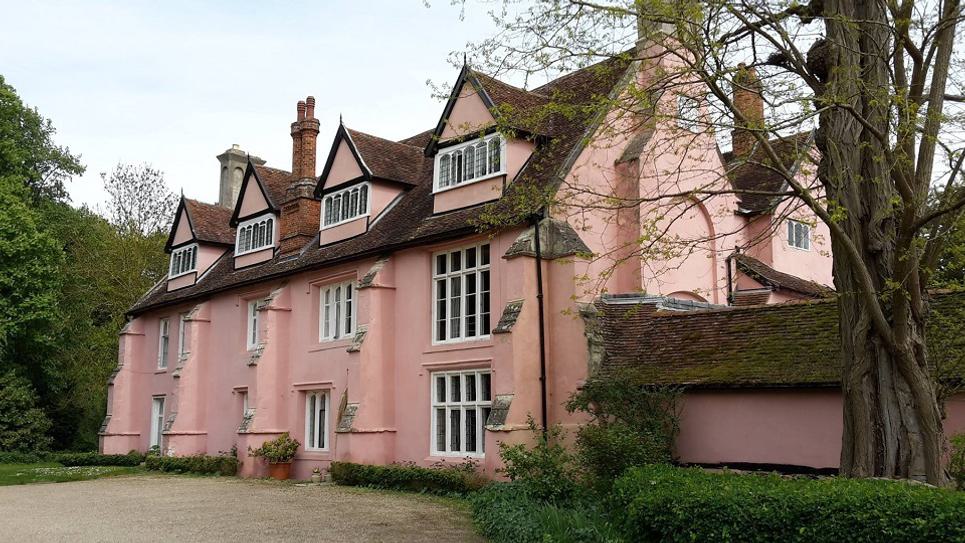
Historic Clare Priory, on the banks of the River Stour, dates back to 1248 was the first house of Augustinian Friars in England.
The priory had close connections with medieval nobility and royalty and the ancestors and relatives of King Richard III are buried here.
8. Ancient House Museum's exquisite pargeting in East Anglia
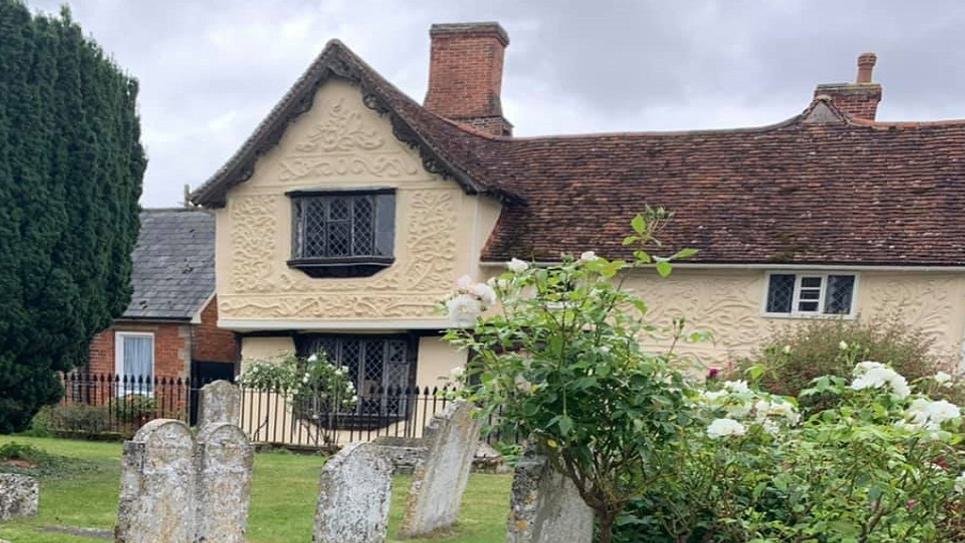
Photo: Melanie Lesser
The Ancient House, a timber-framed building of the 14th & 15th centuries, has some of the most impressive decorative plasterwork (pargeting) to be seen in East Anglia.
The building has served many purposes over time--possibly a medieval shop, later a workhouse, a bakehouse, a priest's house, and in the early 20th century, a poultry shop.
Since the 1970s part of it has been Clare Ancient House Museum, and since the 1990s, part is a Landmark Trust holiday cottage.
9. Clare Railway Station was placed inside Clare Castle

Clare Railway Station was located in the Castle's inner bailey, which had been acquired by compulsory purchase from the private owner.
It operated until the Beeching cuts, closing in 1967. Not long afterwards the land was reunited with the rest of Clare Castle to become Clare Castle Country Park.
Now the railway line forms part of the lovely walk around the Park, which is owned by Clare Town Council.
10. Clare Castle and England's most notorious miser
Clare Manor and Castle went into private hands in the 17th century and were eventually inherited by John Elwes, who also owned much of Stoke by Clare.
Elwes came from a family of misers, but he exceeded their standards. His story circulated in printed pamphlets and thus he became the model for Dickens' character, Scrooge.
Find Out More About Clare, Suffolk's Smallest Town!
You can find out more about Clare on the Visit Clare website.
Related Blogs

News
Bury Tour Guides to launch…
Bury St Edmunds Tour Guides to Introduce new tours in…

News
Town’s Museum Forms New…
Moyse’s Hall Museum will be forging links with a…

News
St Edmundsbury Cathedral…
St Edmundsbury Cathedral in Bury St Edmunds is…
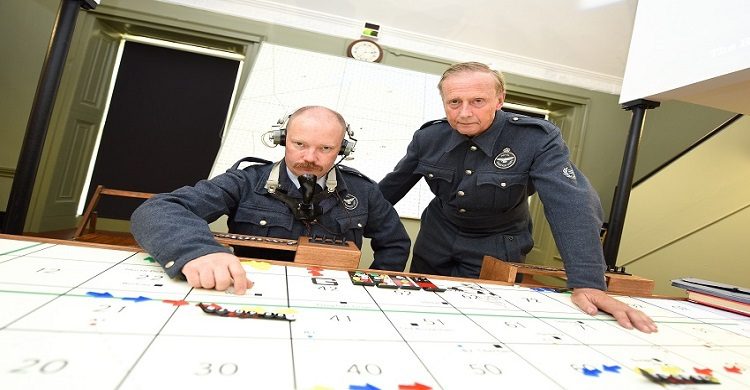
News
Bury St Edmunds & Beyond…
Step inside many of Bury St Edmunds historic buildings…

News
Bury's Best Pubs with a Past
some notable, historic and somewhat quirky pubs and…
Latest news

News
How to Spend Betwixtmas in Bury St Edmunds & Beyond
The post Christmas period is the perfect time to get out and about before the new year kicks in, and you’ll find plenty of activities and places to visit in Bury St Edmunds and beyond.

News
Parents Guide to Pre Christmas Entertainment
It's the school holidays and with Christmas just around the corner we've put toegther a guide on places to take the kids to keep them entertained until Santa visits!

News
Enjoy a Festive Afternoon Tea in 2025
Celebrate the Christmas season with a festive afternoon tea in Bury St Edmunds & Beyond...

News
Festive Winter Walks
Get outside and enjoy the fresh crisp winter air with one of these walks in Bury St Edmunds and Beyond!

News
Bury Tour Guides to launch new tours next year after successful 2025
Bury St Edmunds Tour Guides to Introduce new tours in 2026 and continue the successful Food and Drink Tours!

News
New in Bury St Edmunds For 2026
A sneak peak into new attractions visitors can enjoy in Bury St Edmunds in 2026.

News
Baby It's Cold Outside... Things To Do When the Weather Turns Frosty
Just because the temperature’s dropped doesn’t mean the fun has to! If you’re visiting town during the chillier months, there’s still plenty to see, do, and experience.

News
Places to sit by a roaring fire in Bury St Edmunds & Beyond
Warm up by a roaring fire this winter in Bury St Edmunds & Beyond...

News
Christmas Park and Walk 2025
Additional parking has been provided by West Suffolk Council in partnership with Greene King this Christmas.
